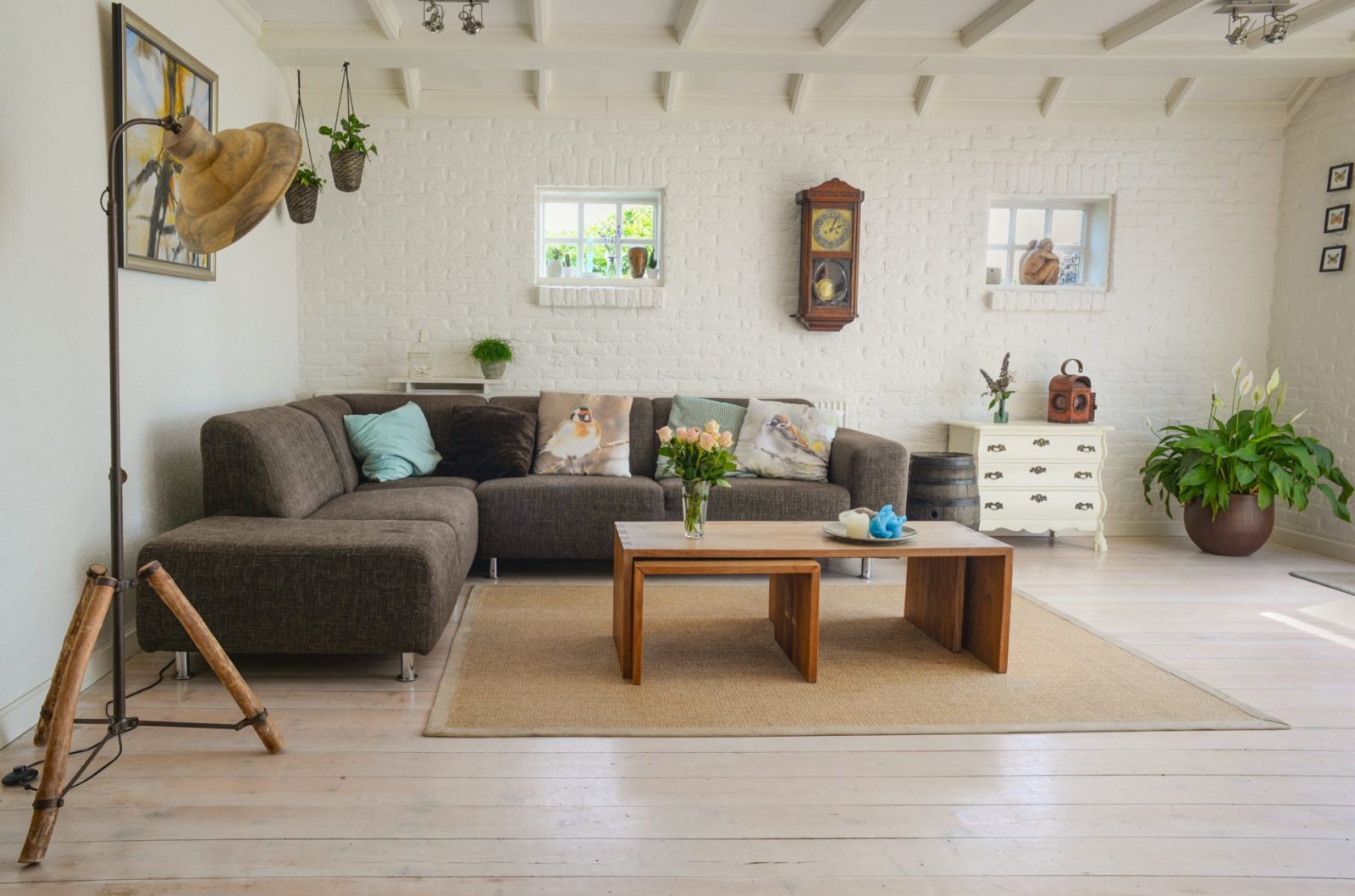Is your home making you sick? Our home can sometimes make us unwell. From mould to dust, to injuries and accidents, it’s worth considering how our place of abode can be improved to keep us healthy. Here are some dangers that affect our health, and ways we can improve our homes to reduce these risks.
Mould
Humidity, sub-floors and close living quarters promote damp and mould growth. This can cause nasal congestion, sneezing, cough, wheeze, respiratory infections, asthma and allergy. Mould has even been linked to depression. Ensuring good ventilation, insulating walls and floors, using anti-mould paint, fixing any water leaks and using de-humidifiers can help reduce mould in your house.
Dust mite
Allergies are on the rise and 20% of Australians are allergic to something in the environment (not just medications). Anaphyllaxis, or full blown airway swelling and constriction, has increased four fold over the past 20 years. One of the most common allergies is house dust mite, which are microscopic mites that feed on dead skin that we shed. Symptoms of allergy can include itchy eyes, nose, skin, and shortness of breath, chest tightness and cough.
Reducing house dust mite requires a concerted effort to eliminate carpet (or vaccum regularly), use dust mite resistant covers for pillow and mattresses, wash all bedding and clothes in hot water (over 60 degrees in a front loader), avoid soft toys and use chemical sprays and air filters to eliminate house dust mite populations.
Air pollutants
Concerns have been raised about pollutants in the home, including trichloroethylene (in paints, adhesives and can cause headache and nausea), formaldehyde (in paper towels, synthetic fabrics and can cause nose and throat irritation), benzene (in plastics, detergents, glue and can cause eye irritation and headaches), xylene (in rubber, leather and can cause dizziness and confusion), and ammonia (in window cleaners, fertilizers and can cause eye irritation and cough). Be aware of these ingredients in products you buy for the home.
One of the first groups to consider toxins in our home environment was NASA back in the 1980s, and they found the following plants were helpful in filtering the air that we breathe: Boston ferns, Chinese evergreens, English ivy, Peace lily, Florist’s chrysanthemum, Aloe vera, Bamboo palm, Spider plant, Heartleaf, Elephant ear & Selloum philodendron, Red-edged or Cornstalk dracaena, Weeping fig and Barberton daisy.
Accidents and harm
Families baby proof their home with toddlers but accidents can happen at all ages. Falls, burns, accidental ingestion, poisoning, foreign bodies and drowning are common but dangerous risks. Avoid hot stoves and unattended irons, follow council guidelines on pool fencing and ensure everyone knows CPR, keep batteries, beads and medications away from kids, avoid loose rugs in case of falls, and secure all standing cupboards if there are small kids.
Sedentary behaviour
Lockdown has encouraged work at home and more flexible work life balance. Unfortunately, most Australians don’t meet recommended exercise guidelines and sedentary behaviour, or sitting for long periods, is on the rise. This increases our risk of obesity, cardiovascular risk and mental health decline, as well as poses risk of Vitamin D deficiency, social isolation at home and weaker bones if we don’t exert ourselves physically.
Our recommendations are to exercise outdoors at least 30 minutes every day, getting your heart rate up to at least 100 beats per minute unless you have any heart issues. Please talk to the Osana team including our exercise physio and coaches to plan an exercise regime for you, especially if you have sore joints, injuries or a painful back.
References:
-
- https://www.smh.com.au/national/nsw/i-choke-and-cough-at-night-the-household-menace-plaguing-sydney-20190201-p50v4g.html
- https://www.health.nsw.gov.au/environment/factsheets/Pages/mould.aspx
- https://www.betterhealth.vic.gov.au/health/conditionsandtreatments/house-dust-mite
- https://www.good.is/slideshows/nasa-gets-terrestrial
- https://www.mamamia.com.au/9-dangerous-things-doctors-ban-at-home/
